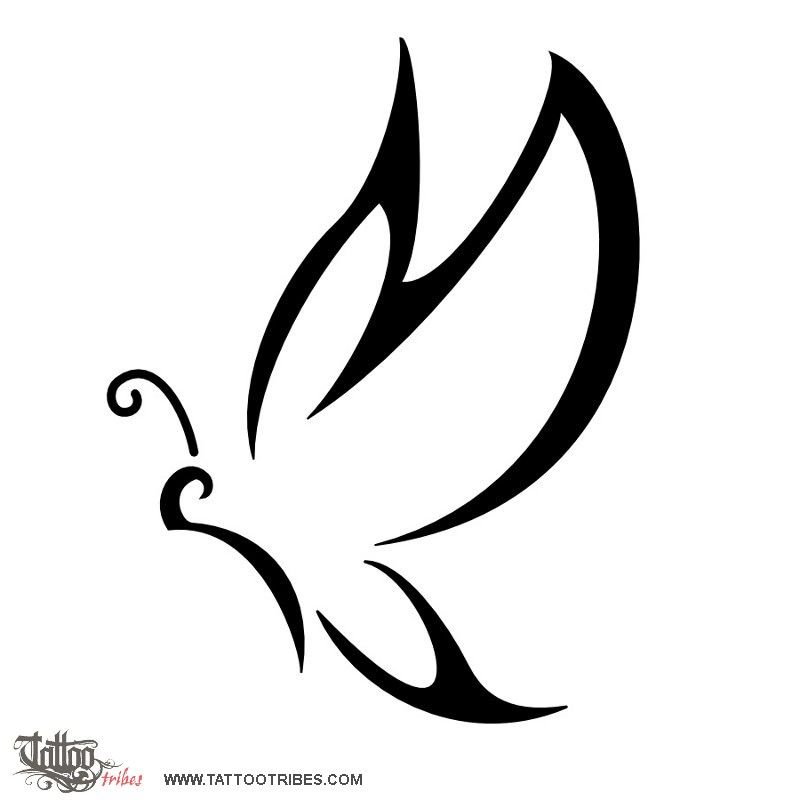Helicopter Safety Information

Introduction to Helicopter Safety

Helicopter safety is a critical aspect of aviation that involves a combination of human factors, technology, and regulations to minimize the risk of accidents and ensure the well-being of passengers and crew. The importance of helicopter safety cannot be overstated, as helicopters are often used in challenging environments and for a variety of purposes, including emergency medical services, search and rescue, law enforcement, and commercial transportation. In this blog post, we will explore the key aspects of helicopter safety, including the causes of accidents, safety regulations, and best practices for safe helicopter operations.
Causes of Helicopter Accidents

Helicopter accidents can be caused by a variety of factors, including pilot error, mechanical failure, and environmental factors such as weather and terrain. According to the Federal Aviation Administration (FAA), the most common causes of helicopter accidents are: * Pilot error, including mistakes made during takeoff and landing, and failure to follow safety procedures * Mechanical failure, including engine failure and component malfunction * Environmental factors, including adverse weather conditions and unfamiliar terrain * Airworthiness issues, including inadequate maintenance and inspection of the helicopter
Safety Regulations

The FAA is responsible for regulating helicopter safety in the United States, and has established a set of rules and guidelines to ensure the safe operation of helicopters. These regulations include: * Part 135 of the Federal Aviation Regulations (FARs), which governs the operation of commercial helicopters * Part 141 of the FARs, which governs the certification of helicopter flight schools and instructors * Part 145 of the FARs, which governs the maintenance and inspection of helicopters * Helicopter Safety Management Systems (SMS), which are designed to identify and mitigate safety risks
Best Practices for Safe Helicopter Operations

To ensure safe helicopter operations, it is essential to follow best practices, including: * Conducting thorough pre-flight inspections and checks * Following established safety procedures and protocols * Staying alert and focused during flight * Avoiding hazardous weather conditions and terrain * Maintaining a safe distance from other aircraft and obstacles * Using safety equipment, such as helmets and seatbelts * Participating in regular training and recurrent training programs
Helicopter Safety Equipment

Helicopter safety equipment is designed to protect passengers and crew in the event of an accident or emergency. Some examples of safety equipment include: * Emergency Locator Transmitters (ELTs), which send out a distress signal in the event of an emergency * Fire extinguishers, which can be used to put out fires in the event of an emergency * First aid kits, which provide basic medical supplies in the event of an injury * Life jackets, which can be used in the event of a water landing * Survival equipment, such as emergency beacons and shelter
Helicopter Maintenance and Inspection

Regular maintenance and inspection are critical to ensuring the airworthiness of a helicopter. This includes: * Daily inspections, which involve checking the helicopter’s systems and components for any signs of damage or wear * 100-hour inspections, which involve a more detailed inspection of the helicopter’s systems and components * Annual inspections, which involve a comprehensive inspection of the helicopter’s systems and components * Condition inspections, which involve inspecting the helicopter’s systems and components after a period of inactivity
| Inspection Type | Frequency | Scope |
|---|---|---|
| Daily Inspection | Daily | Visual inspection of systems and components |
| 100-Hour Inspection | Every 100 hours | Detailed inspection of systems and components |
| Annual Inspection | Annually | Comprehensive inspection of systems and components |

🚨 Note: Regular maintenance and inspection are critical to ensuring the airworthiness of a helicopter and preventing accidents.
In summary, helicopter safety is a critical aspect of aviation that involves a combination of human factors, technology, and regulations to minimize the risk of accidents and ensure the well-being of passengers and crew. By understanding the causes of accidents, following safety regulations, and practicing best safety practices, we can reduce the risk of accidents and ensure safe helicopter operations.
What is the most common cause of helicopter accidents?

+
The most common cause of helicopter accidents is pilot error, including mistakes made during takeoff and landing, and failure to follow safety procedures.
What is the purpose of a Helicopter Safety Management System (SMS)?

+
The purpose of a Helicopter Safety Management System (SMS) is to identify and mitigate safety risks, and to ensure the safe operation of helicopters.
What is the importance of regular maintenance and inspection in helicopter safety?

+
Regular maintenance and inspection are critical to ensuring the airworthiness of a helicopter and preventing accidents. They help to identify and address any issues or problems before they become major safety concerns.



